Description
Fortuna with a purse by Guido Reni printed on a T-Shirt
About the T-Shirt
Regular fit
Standard length, the fabric easily gives into movement
Casual wear
A classic, everyday option loved by our customers
Side-seamed
Constructed by sewing two parts together, creating a fitted look
The Unisex Staple T-Shirt feels soft and light with just the right amount of stretch. It’s comfortable and flattering for all. We can’t compliment this shirt enough–it’s one of our crowd favorites, and it’s sure to be your next favorite too!
- Solid colors are 100% Airlume combed and ring-spun cotton
- Ash color is 99% combed and ring-spun cotton, 1% polyester
- Heather colors are 52% combed and ring-spun cotton, 48% polyester
- Athletic and Black Heather are 90% combed and ring-spun cotton, 10% polyester
- Heather Prism colors are 99% combed and ring-spun cotton, 1% polyester
- Fabric weight: 4.2 oz./yd.² (142 g/m²)
- Pre-shrunk fabric
- 30 singles
- Side-seamed construction
- Tear-away label
- Shoulder-to-shoulder taping
- Blank product sourced from Nicaragua, Mexico, Honduras, or the US
Guido Reni (1575-1642)
Guido Reni was an Italian painter of the Baroque period, although his works showed a classical manner, similar to Simon Vouet, Nicholas Poussin and Philippe de Champaigne. He painted primarily religious works, but also mythological and allegorical subjects. Active in Rome, Naples, and his native Bologna, he became the dominant figure in the Bolognese School that emerged under the influence of the Carracci.
Beyond Italy, Reni’s influence was important in the style of many Spanish Baroque artists, such as Jusepe de Ribera and Murillo. But his work was particularly appreciated in France—Stendhal believed Reni must have had “a French soul”—and influenced generations of French artists such as Le Sueur, Le Brun, Vien, and Greuze; as well as on later French Neoclassic painters. In the 19th century, Reni’s reputation declined as a result of changing taste—epitomized by John Ruskin’s censorious judgment that the artist’s work was sentimental and false. A revival of interest in Reni has occurred since 1954, when an important retrospective exhibition of his work was mounted in Bologna.

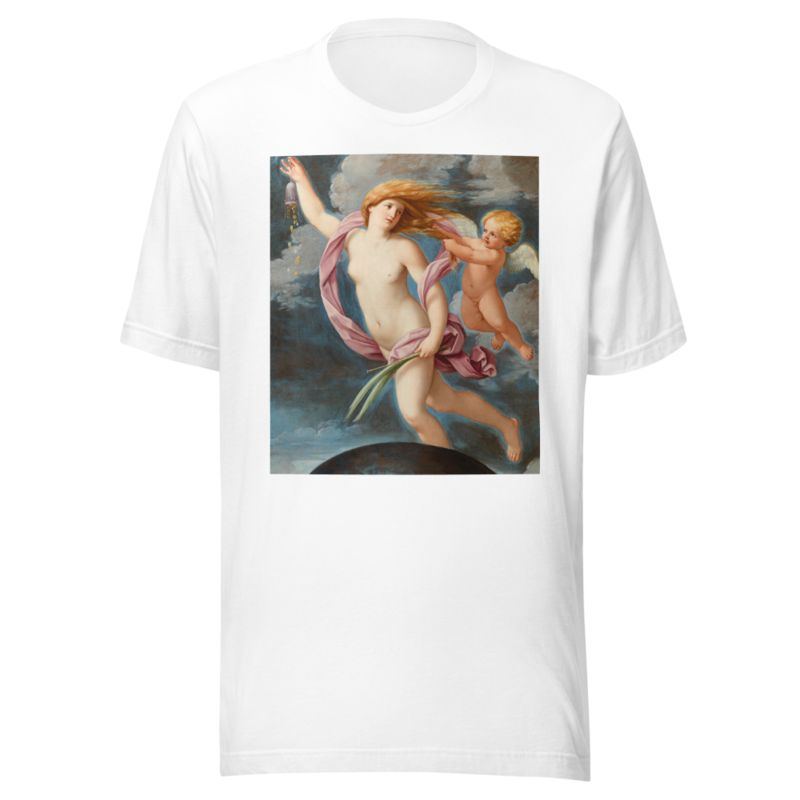
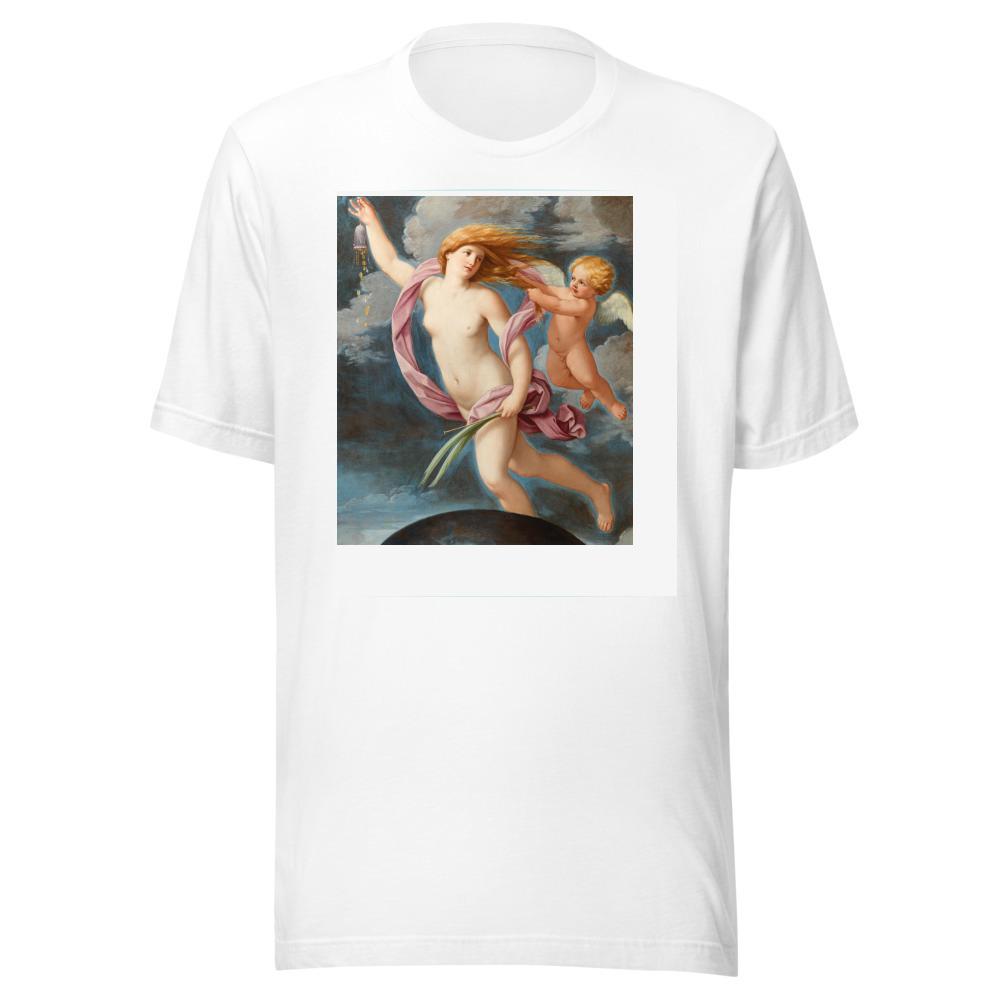
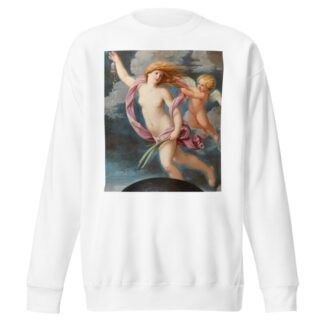
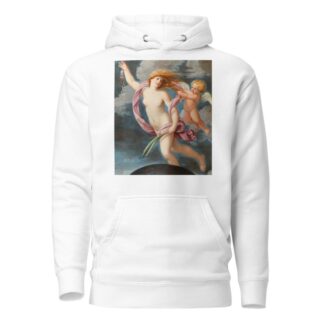
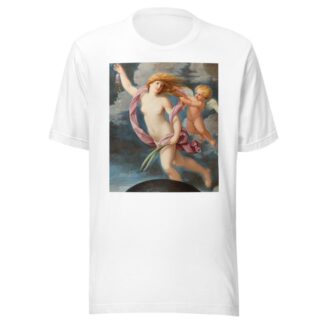
Reviews
There are no reviews yet.